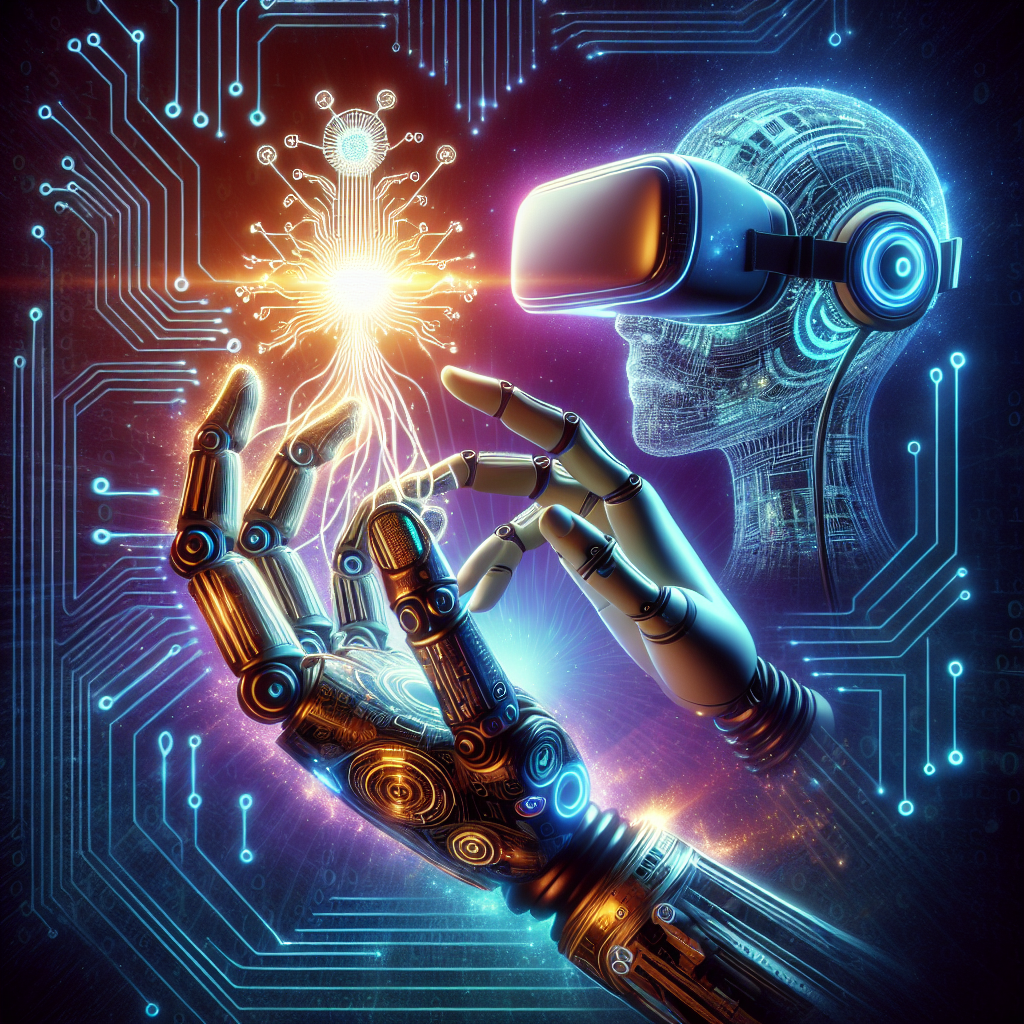The Future of AI in Virtual Reality
Artificial Intelligence (AI) and Virtual Reality (VR) are two of the most transformative technologies of our time. When combined, they have the potential to revolutionize how we experience and interact with the digital world. AI-powered VR applications are already making waves in industries such as gaming, healthcare, education, and training. As the technology continues to evolve, the possibilities for AI in VR are endless.
AI in VR is the use of artificial intelligence algorithms to enhance and optimize the virtual reality experience. AI can be used to create more realistic environments, improve user interactions, and personalize content for individual users. By analyzing user behavior and preferences, AI can create a more immersive and engaging experience for VR users.
One of the key areas where AI is making a significant impact in VR is in the development of virtual assistants. These AI-powered virtual beings can interact with users in a more natural and intuitive way, providing information, guidance, and entertainment. Virtual assistants can also adapt to the user’s preferences and behaviors, creating a more personalized experience.
AI can also be used to improve the realism of virtual environments. By analyzing real-world data, AI algorithms can create more realistic textures, lighting, and physics simulations in VR. This can create a more immersive and engaging experience for users, making them feel like they are truly in a virtual world.
Another exciting application of AI in VR is in the field of healthcare. AI-powered VR simulations can be used to train medical professionals in surgical procedures, patient care, and diagnosis. These simulations can provide a safe and controlled environment for trainees to practice their skills, without the risk of harming real patients. AI can also be used to analyze medical imaging data in real-time, helping doctors to make faster and more accurate diagnoses.
In the field of education, AI-powered VR applications are helping to create more engaging and interactive learning experiences. Virtual reality can transport students to different time periods, locations, and environments, making learning more immersive and memorable. AI can also be used to personalize educational content for individual students, adapting to their learning styles and preferences.
As the technology continues to advance, the possibilities for AI in VR are endless. From entertainment and gaming to healthcare and education, AI-powered VR applications are changing the way we interact with the digital world. The future of AI in VR is bright, and we can expect to see even more innovative and exciting applications in the years to come.
FAQs
Q: What are some examples of AI-powered VR applications?
A: Some examples of AI-powered VR applications include virtual assistants, realistic environments, healthcare simulations, and educational experiences.
Q: How is AI used to enhance the VR experience?
A: AI is used to create more realistic environments, improve user interactions, and personalize content for individual users in VR.
Q: What are the benefits of AI in VR?
A: The benefits of AI in VR include creating more immersive and engaging experiences, improving realism, and personalizing content for users.
Q: How can AI be used in healthcare simulations?
A: AI can be used to train medical professionals in surgical procedures, patient care, and diagnosis in VR simulations.
Q: What is the future of AI in VR?
A: The future of AI in VR is bright, with endless possibilities for innovative and exciting applications in industries such as entertainment, healthcare, education, and training.

